15 Concerning Reasons Your Cat Is Suddenly Drinking Too Much Water
Cats aren’t known for draining their water bowls. Most get a good portion of hydration from their food, especially if they eat canned meals. So, when a cat suddenly seems glued to the water dish, or starts drinking from odd places like the sink, it’s a behavior shift worth noticing. Here’s what might be behind the sudden change.
Warmer Weather Is Making Them Thirsty
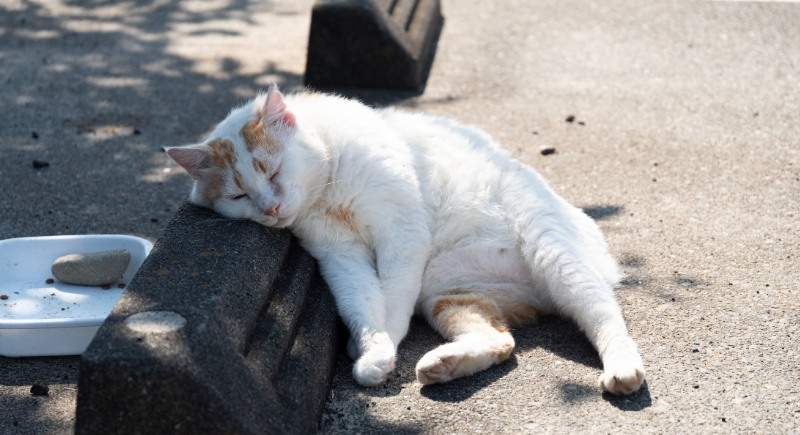
Credit: Getty Images
Heat affects cats, especially those with thicker coats or who spend time near sunny windows. When temperatures climb, they’ll naturally drink more to stay cool. Cats do sweat a little—mainly through their paws—but the bulk of their cooling system relies on water intake.
They’re Sneaking Water From Odd Places
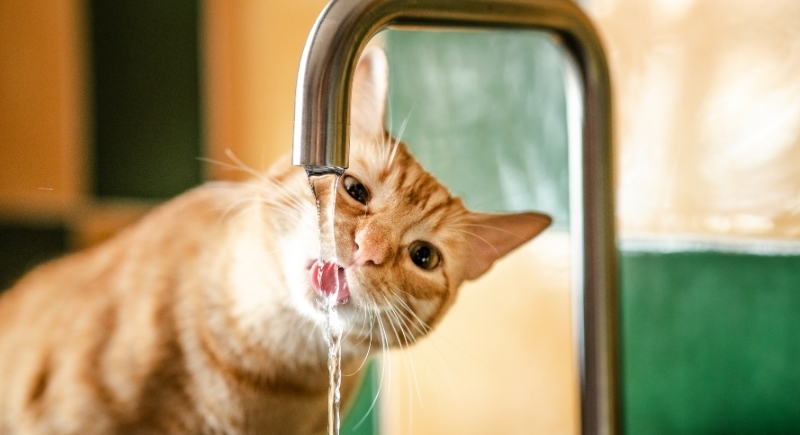
Credit: Getty Images
A cat suddenly fascinated by sinks, tubs, or toilet bowls may not be drinking more overall—they might just prefer novelty. Running water often tempts cats, especially if they’ve developed an aversion to their water bowl’s taste or smell.
Dry Food Swap Changed Their Hydration Needs
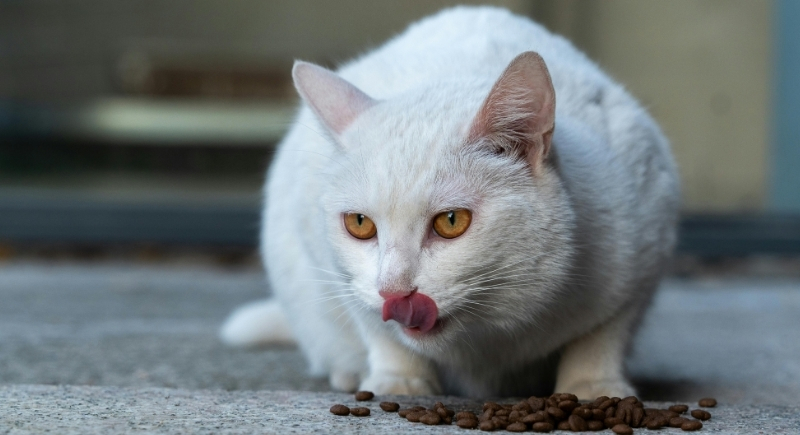
Credit: pexels
A switch from wet to dry food drastically cuts down water intake from meals. Canned food can be up to 80% water, while kibble contains less than 10%. That means a cat eating only dry food has to make up the difference by drinking more.
Calcium Levels Might Be Off Balance
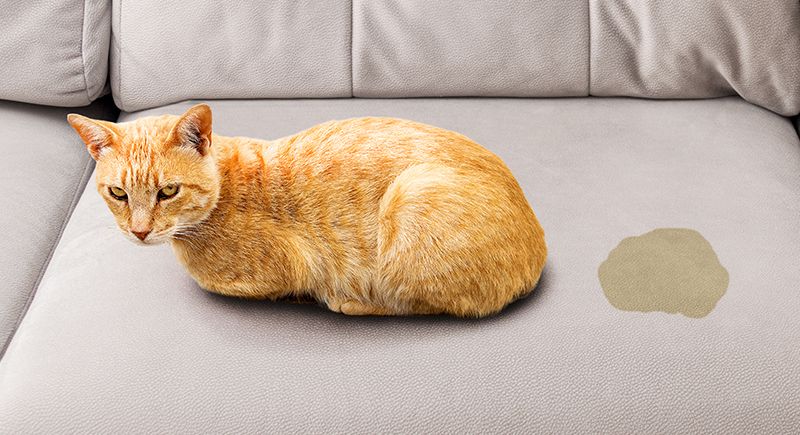
Credit: iStockphoto
High calcium in the blood, known as hypercalcemia, can trigger thirst and frequent urination. It’s a lesser-known cause, but sometimes points to more serious conditions. A blood test can confirm elevated calcium, and early diagnosis gives the best shot at treatment.
Kidney Disease Is Affecting Their Filtration System
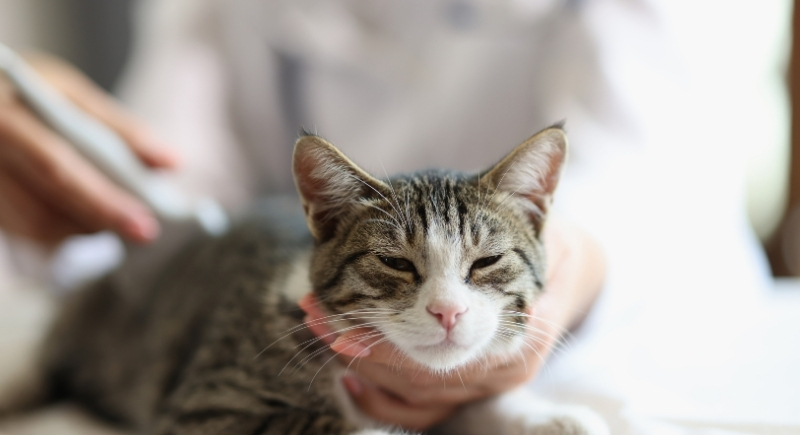
Credit: Canva
When the kidneys aren’t working well, cats can’t hold onto water in their urine. Instead, they pass a lot of very watery urine, which makes them lose fluids quickly. To make up for it, they drink more. This is especially common in older cats.
They’re Recovering From Vomiting Or Diarrhea

Credit: Getty Images
A few rough digestive episodes can quickly dehydrate a cat and prompt a noticeable increase in water intake. If the cat bounces back to normal, the shift often resolves in a day or two. However, if the upset stomach continues or returns often, the cause might need investigating.
Diabetes Could Be Disrupting Their Blood Sugar
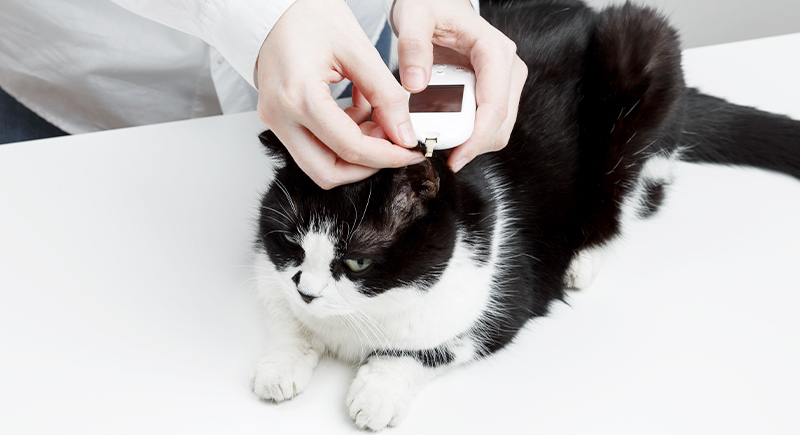
Credit: iStockphoto
Feline diabetes causes sugar to build up in the bloodstream, which then spills into the urine and pulls water out with it. That water loss leaves the cat constantly thirsty. Other early signs can include weight loss despite eating more, and urinating larger volumes.
Thyroid Hormones May Be Working Overtime
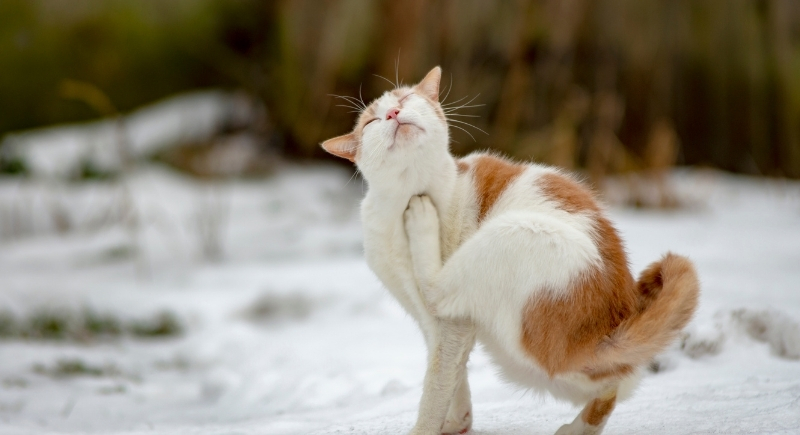
Credit: Getty Images
Cats with hyperthyroidism often have a revved-up metabolism, which causes increased thirst, appetite, and restlessness, paired with weight loss. It’s one of the most common endocrine conditions in senior cats. Blood tests can spot it early, and treatments range from medication to iodine therapy.
A Urinary Tract Infection Is Irritating Their Bladder
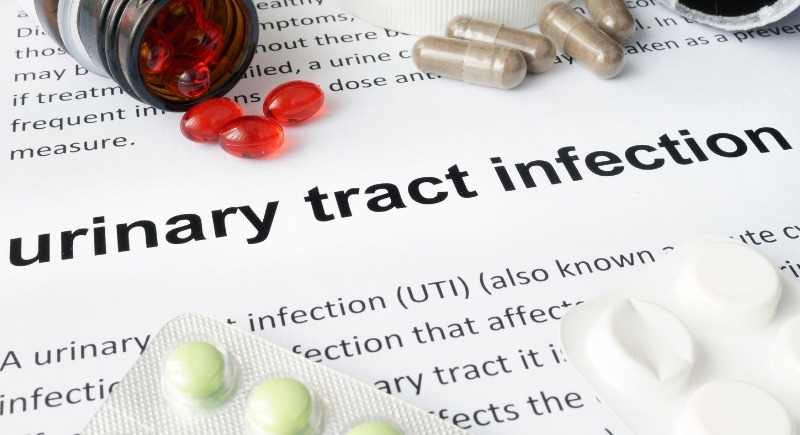
Credit: Getty Images
UTIs can lead to excessive urination, which triggers thirst. Infections are more common in female cats, and symptoms might include licking the area often, vocalizing in the litter box, or urinating outside it. If left untreated, these can progress to more serious bladder issues.
Liver Disease Can Disrupt Water Balance

Credit: Getty Images
The liver plays a crucial role in regulating multiple systems, including hydration and nutrient storage. When it’s not functioning well, cats may lose their appetite, act sluggish, and start drinking more water. Yellowing of the eyes or gums is a common late-stage sign.
Behavioral Changes Can Drive Excessive Drinking
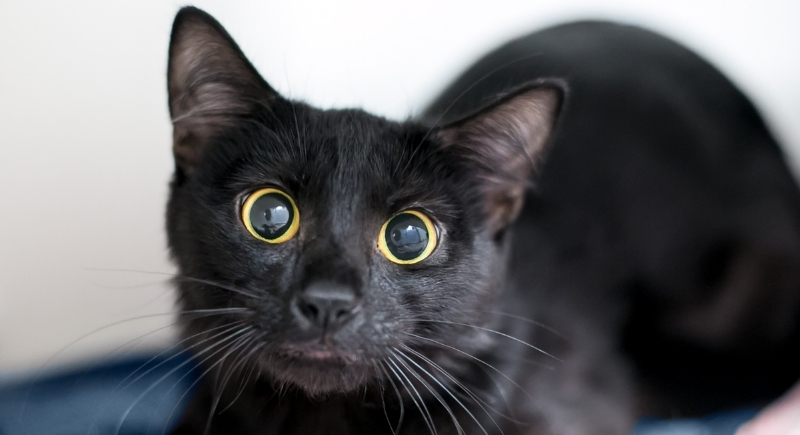
Credit: Getty Images
Sometimes, the cause isn’t physical at all. Cats with anxiety or obsessive habits may drink excessively as a coping mechanism. It could stem from boredom, changes in the household, or the arrival of a new pet. In these cases, routine and environmental adjustments often help reduce the behavior.
A Recent Medication Is Increasing Thirst
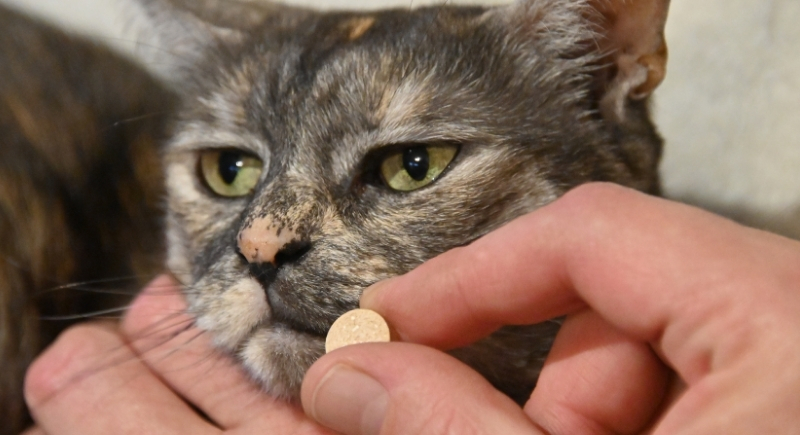
Credit: pixabay
Some medications—like corticosteroids or diuretics—can cause side effects that include increased thirst and urination. If a cat starts a new treatment and begins drinking noticeably more, it’s worth checking with the vet. The dosage may need adjusting, or an alternative prescription might be available with fewer hydration-related side effects.
Aging Alone Can Shift Hydration Habits
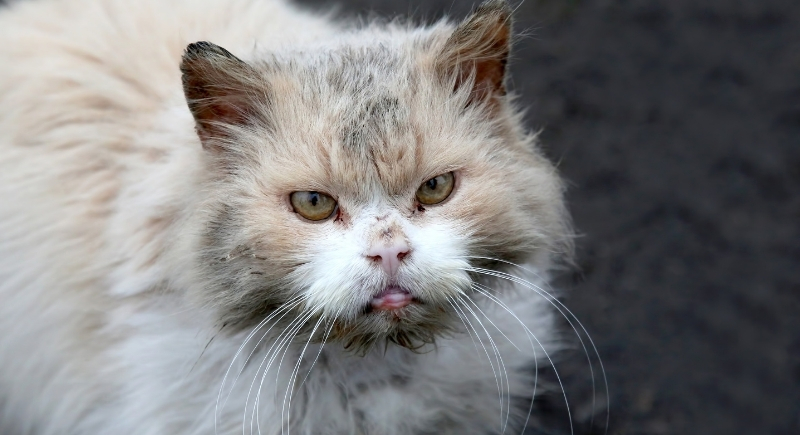
Credit: Canva
As cats age, their organs naturally change in function, and thirst patterns often shift with them. Even without a specific illness, older cats may drink more just to support their changing metabolism. Regular wellness checks can help catch age-related conditions early, so increased drinking isn’t brushed off too casually.
Heart Problems Can Raise Thirst Levels
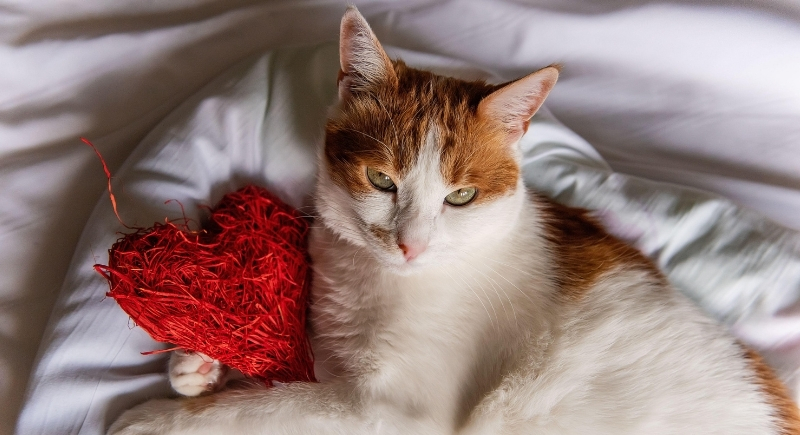
Credit: Alamy
Cardiac issues sometimes cause fluid imbalances in the body. If the heart isn’t pumping efficiently, cats may experience blood pressure and circulation changes that lead to increased drinking and urination. While less common than kidney or thyroid conditions, heart disease in cats can be subtle and easily mistaken for other illnesses. Other symptoms may include coughing, labored breathing, or lethargy.
Thirst May Follow A Bout Of Fever
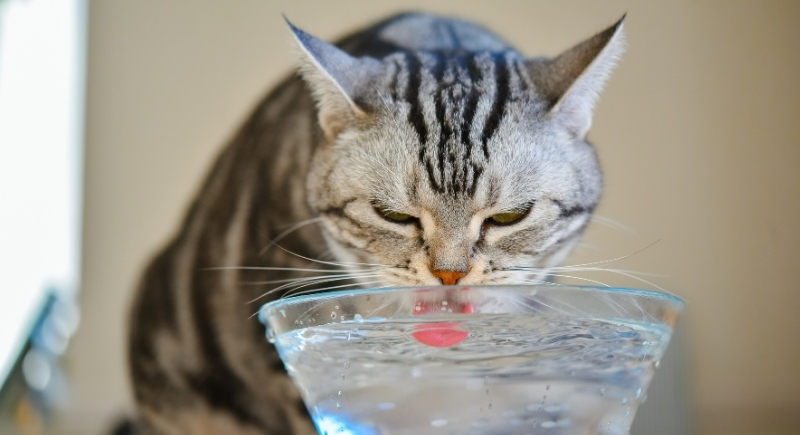
Credit: Getty Images
A cat recovering from a fever or illness might temporarily drink more. The immune response raises body temperature, which depletes fluids faster. Once the underlying issue is resolved, drinking should return to baseline.